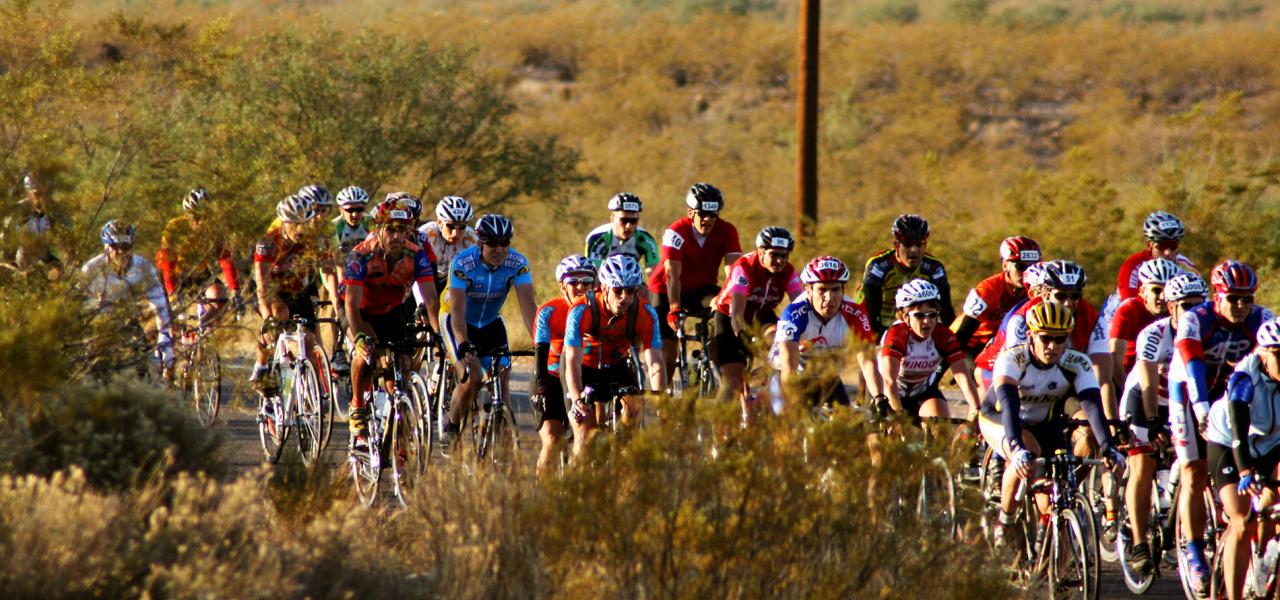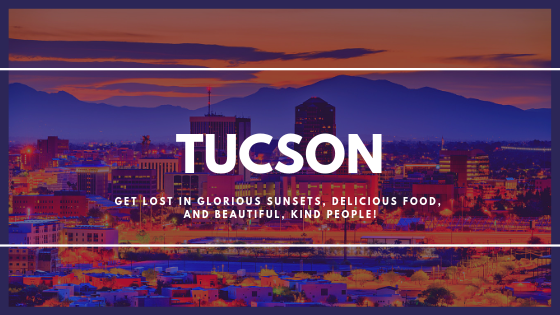About Tucson
Tucson and its surrounding areas are rich with deep-rooted history and a culture grown from a diverse landscape that can't be found anywhere else in the world. Explore untouched corners of the vast Sonoran Desert from it's millions of twinkling stars to the painted wall of historic barrios. Roam the depths of ancient caves, experience the colors, flavors and sounds that only live in Tucson.
Fun Facts About Tucson
- Some of the ealiest evidence of corn cultivation in North America comes from Pima County, Arizona where Tucson is located . Archaeologists have recoverd kernels estimated to be 4000 years old located with in 60 miles of the city.
- Towering above the down town area is an iconic mountain known as Sentinel Peak. Look at it from a distance and you may notice the base is much darker than the peak. The native Tohono O'odham called this landmark Ts-iuk-shan which is a corruption of their word for "Black Base". Spainards later turned the word Ts-iuk-shan into Tucson!
- On March 20, 1880, a passenger train rolled into Tucson for the first time. Mayor R.N. Leatherwood sent out telegrams to dignitaries to publicize the occasion, writing to Pope Leo XIII that the railroad now linked "this ancient and honorable pueblo" with the rest of the Christian world. Newspapers began calling Tucson “the A. and H. Pueblo,” which gradually shrunk to its current nickname, "The Old Pueblo".
- If you’re a stargazer, Tucson is one of the best spots in the U.S. for astronomy. In 1972, Pima County enacted a “dark sky” code to regulate the brightness and number of outdoor bulbs in an effort to help local observatories like one at Kitt Peak. Now Tucson
 suffers from far light pollution than most cities do, allowing stars and planets to shine through darknes.
suffers from far light pollution than most cities do, allowing stars and planets to shine through darknes. - Above Broadway Boulevard, you can walk through the belly of a giant metal snake. A covered bridge for pedestrians and cyclists, this serpentine structure is designed to look like a diamondback rattlesnake, whose gaping jaw and fangs form the entrance.
- By day, it looks like a big plastic doughnut. But after sundown, the solar-powered Desert O Sculpture lights up in an array of vibrant colors. The ring, owned by the city of Tucson, is 6 feet in diameter and uses LED lights to create a brilliant display with a different color combo for every night of the week.
- In 1970, then-mayor Jim Corbett called Tucson's East Speedway Boulevard the "ugliest street in America." At the time, it was enveloped by garish billboards that obscured the city's beautiful vistas. Then Life magazine ran a two-page photo of the forest of road signs and advertisements. The embarrassing spotlight led to Tucson's sign code, passed in the 1980s, which gradually limited billboards and tacky signage
- According to Guinness World Records, Davis-Monthan Airforce Base in Tucson has the largest aircraft repair shop and storage facility on Earth. Covering 2600 acres, it could house 4200 aircraft and 40 aerospace vehicles at one time, while still leaving room for 350,000 production tools.
- In 2013, a new species of scorpion was discovered in the Santa Catalina Mountains, which are visible from downtown Tucson. Biologist Rob Bryson Jr. discovered the species in the Santa Catalinas' "sky islands"—isolated mountaintop habitats known for their biodiversity.

- Cyclists should consider dropping by on the last Saturday before Thanksgiving for El Tour de Tucson, Arizona's largest and longest-running cycling event. The series of races attracts more than 9000 bike enthusiasts per year and usually raises about $2 million for local charities. Tour de Tucson, Arizona's largest and longest-running cycling event. The series of races attracts more than 9000 bike enthusiasts per year and usually raises about $2 million for local charities.

